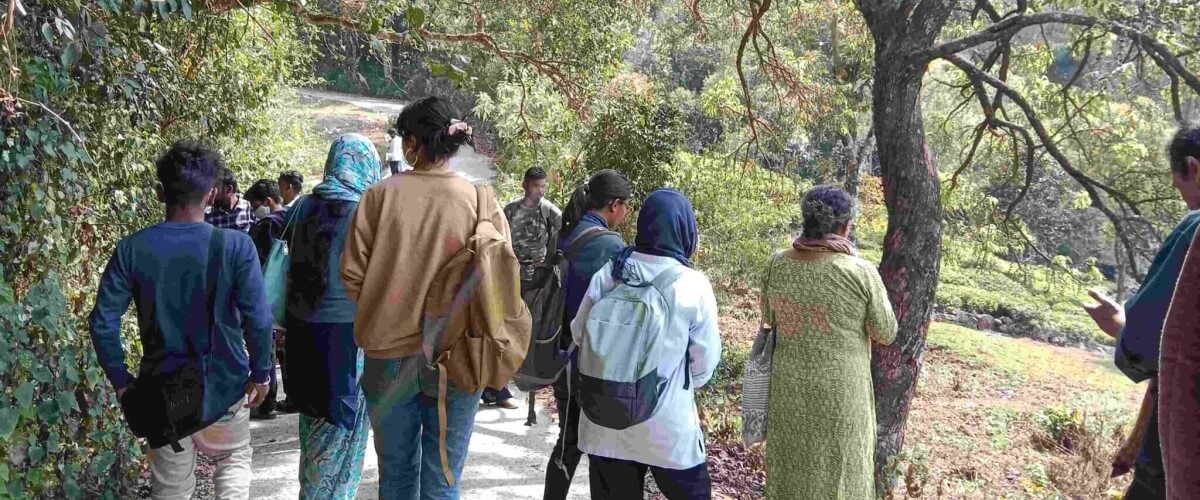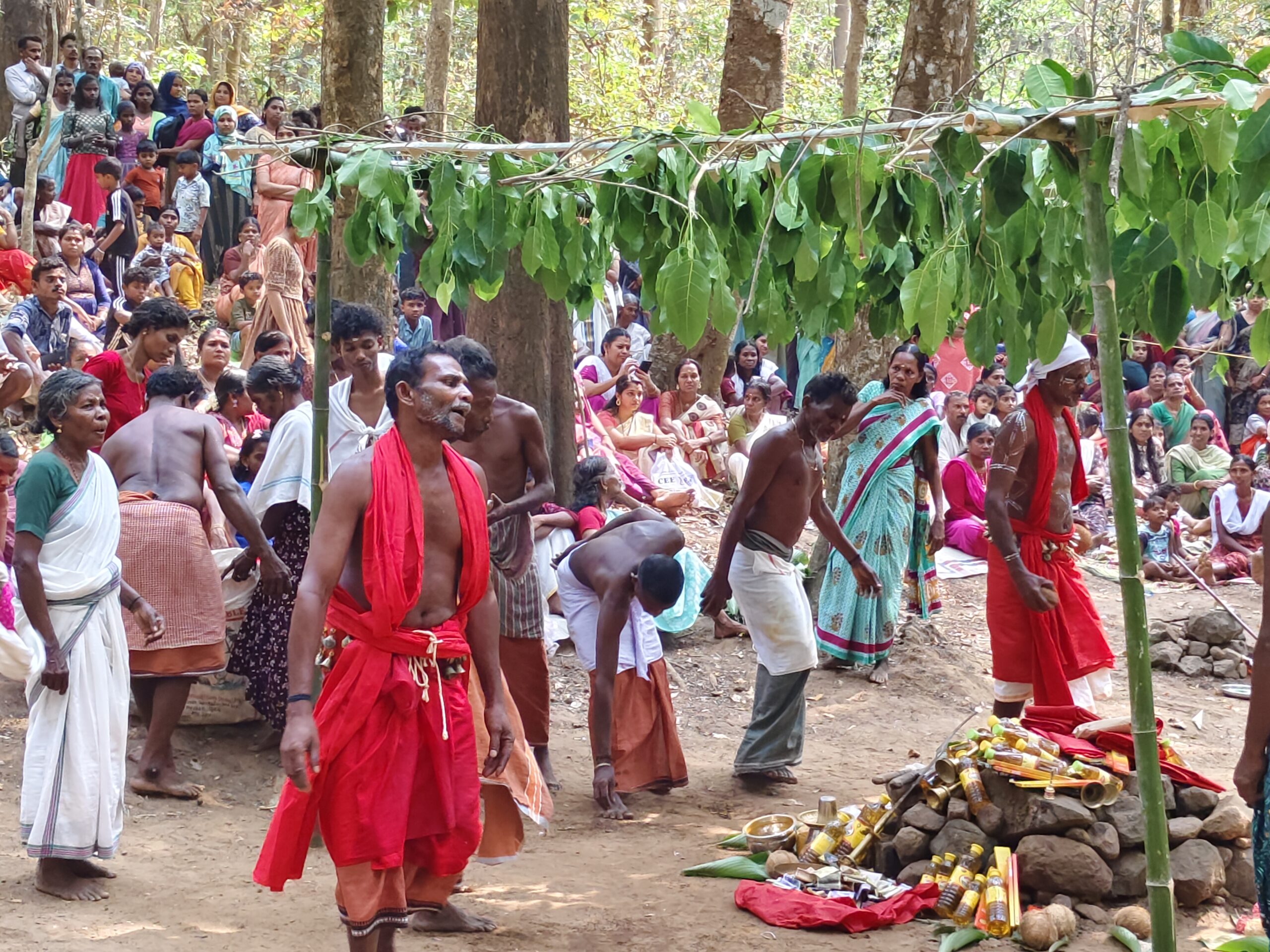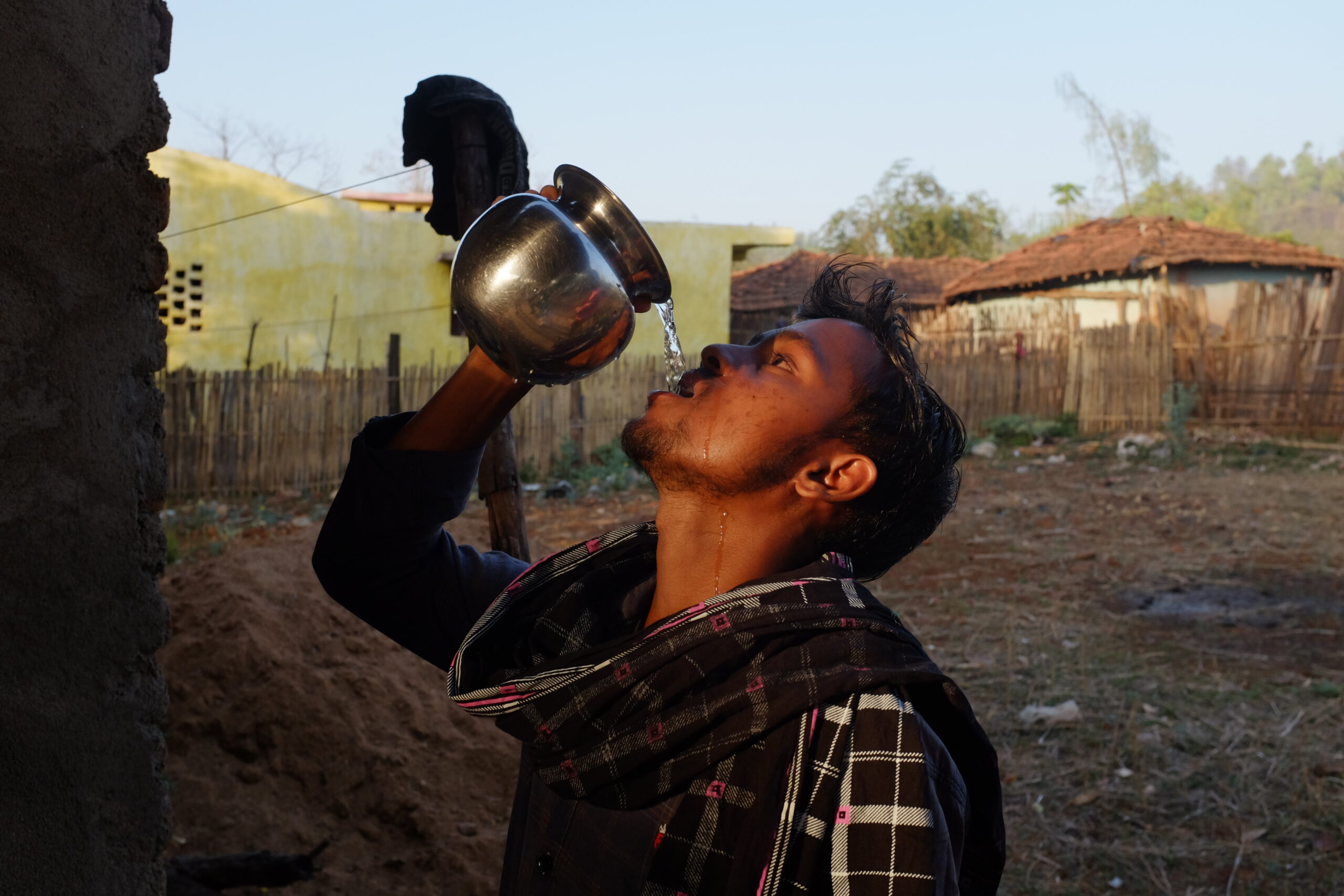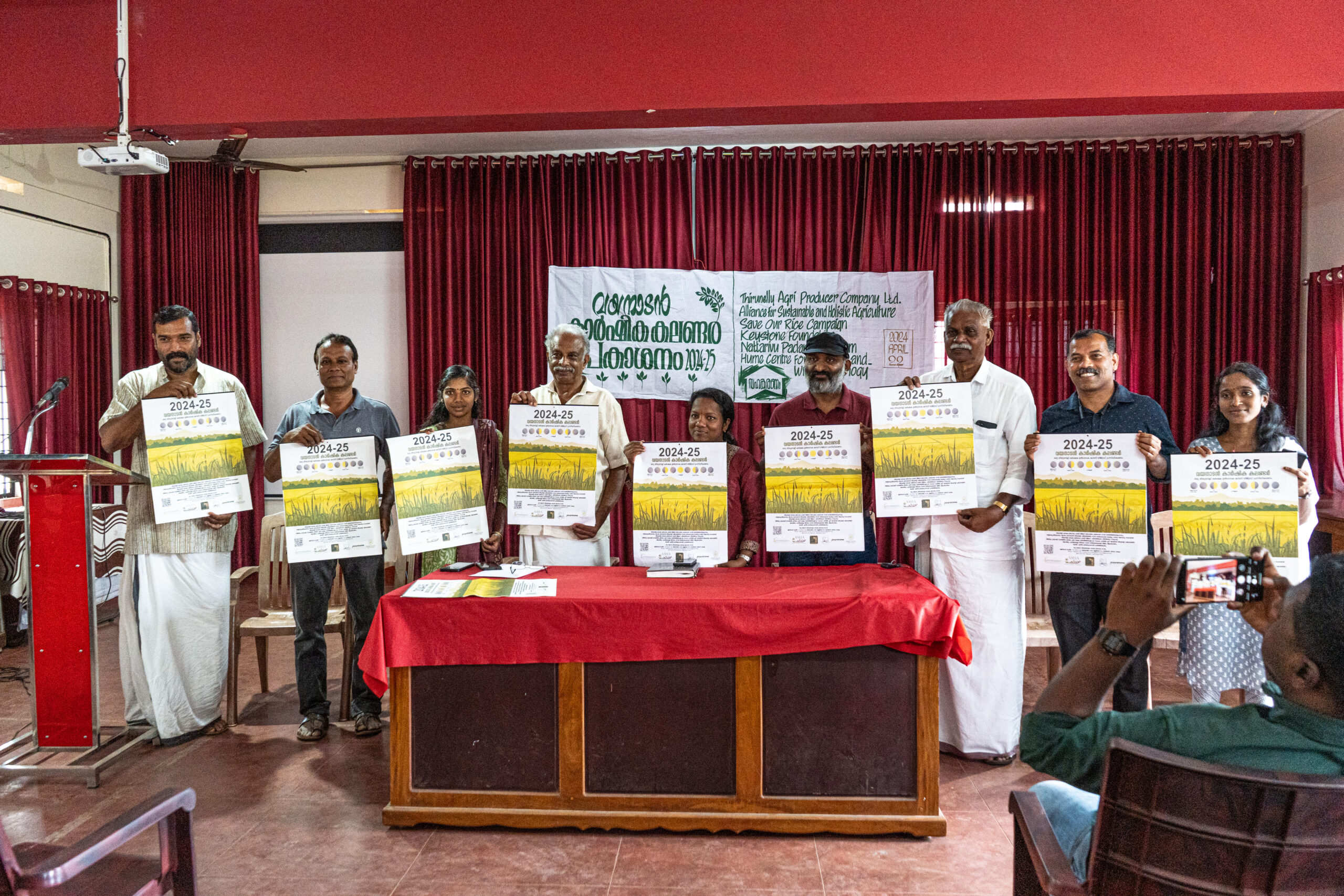The final week of NFLC was about Ecology. The week started off with a CBE where the students each drew their environments, including trees, birds, water sources, and animals. These drawings and the vocabulary words attached to them created an overview for students to practice in English and Tamil language classes. The first session introduced Ecology as a subject, and all participants did a physical food web to get a visual idea of the connections and interactions that exist within an ecosystem. An interesting question that was posed during this activity was why are there no humans in this food web? The following lecture was about Pollination, after which students observed flowers and the pollinators and ‘visitors’ that came to them and recorded this information to analyse later.
The next day focused on human-wildlife interactions and began with a CBE where students described the animals, and plants that they are used to seeing in their environments. The following lectures discussed examples of human and wildlife interactions and the distinction between ‘interactions’ and ‘conflicts’. Discussions surfaced about how to go about avoiding human and wildlife conflict when many animals are leaving forests in search for food, and therefore moving towards villages and towns. Another important aspect of this discussion touched upon similar animals – for example the gaur, being very shy and avoidant of humans in some regions, and less bothered in other regions. Students also learned about scat and footprint analysis of animals and went on a short trip to practice applying this knowledge of wildlife monitoring.
The following day started with a lecture on a specific research project in progress by members of the Ecology team on Lion Tailed Macaques in Nilambur. This lecture really took students through the research progress, providing them with an immediate application of the theory on research methods that they had learned so far, and how it can be put in to practice. A particularly useful and captivating part of this session was the conversion of brainstormed questions into research questions where students could notice the change in vocabulary used, and how each of these questions was tackled. The following lecture was about Citizen Science and barefoot ecologists, and the different approaches that can be taken. To round up the day, students also watched Sherni, a movie on Indian forest management.
The material learned and discussed so far tied in with the following day, where the first lecture discussed socio-ecological systems. Students learned about the interconnectedness of the social and ecological systems and applied this immediately with NTFPs and real-life examples of resin, honey, and tea where groups discussed the social and ecological sides to each object. The subsequent guest lecture began with a note on A.K. Ramanujam, and students learned about the little and the great traditions and the different degrees of importance they are given in society, and then connected this to conservation practices. Later, students visited Banagudi shola, where they sat down together and talked and observed this unique and special forest together.
The week rounded up with two more guest lectures, the first being on conservation education and communication where the speaker had worked with children in Nagaland. These children were encouraged to observe and learn about the animals and cultivate curiosity and connections with wildlife as unique approach to encouraging conservation. The following lecture was on conservation assessment, and the importance of including indigenous people into these discussions and plans. Lastly, importance was placed on conserving the little animals as well, rather than just the elephants and tigers and all students pledged to help conservation in some way with the symbolic tying of a Rakhi.
– Shakuntala Ramnath

















